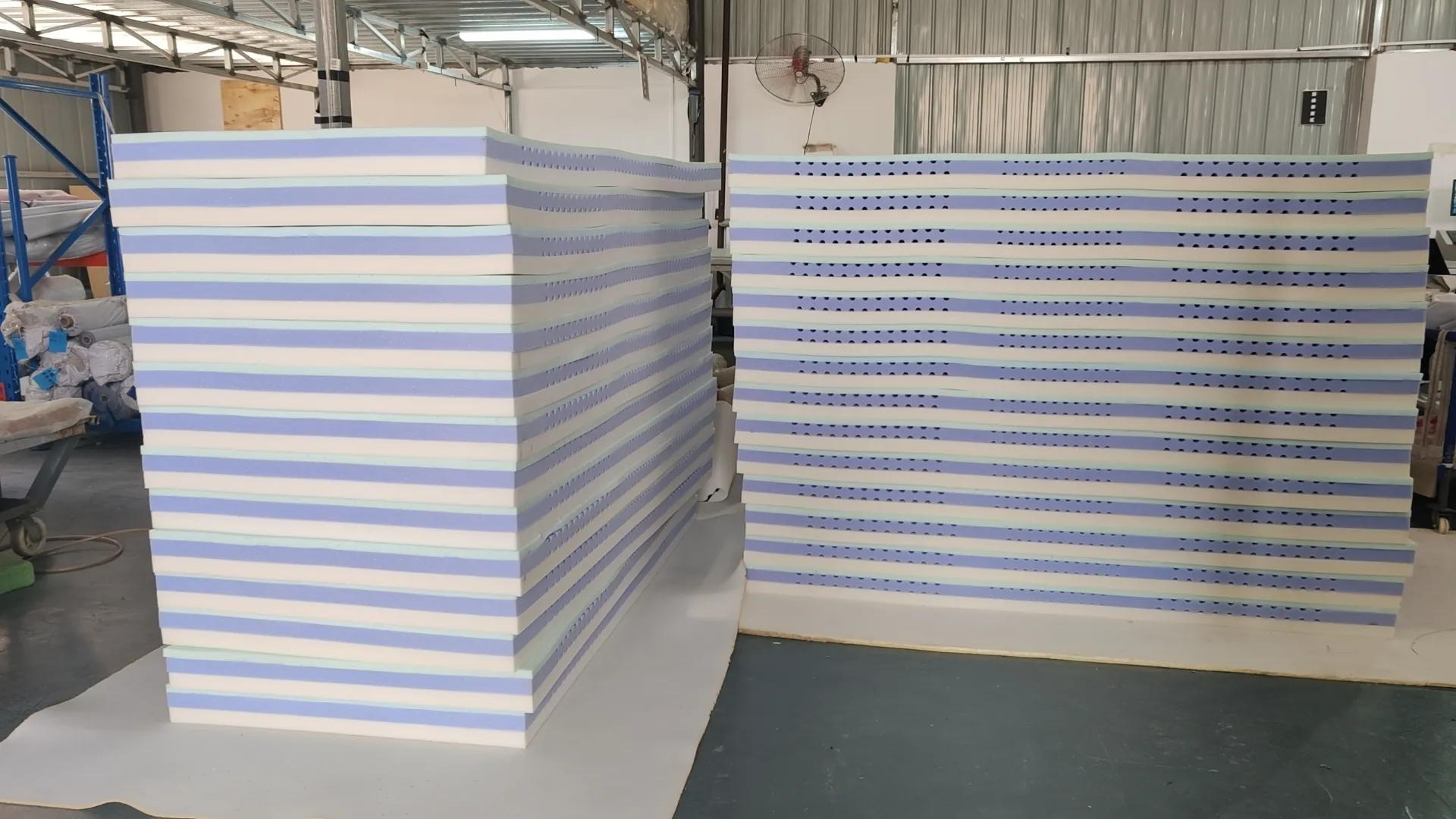Understanding and Preventing Pressure Injuries in Healthcare Settings and Beyond
Understanding Pressure Injuries Prevention and Management
Pressure injuries, also known as pressure ulcers or bedsores, are localized damage to the skin and underlying tissue that typically occur over bony prominences due to prolonged pressure, often in individuals who are immobile or have limited mobility. These injuries are not only painful but can lead to severe complications, including infections and an increased length of hospital stays. Understanding the causes, preventive measures, and management strategies for pressure injuries is crucial for healthcare providers, caregivers, and patients alike.
Causes of Pressure Injuries
Pressure injuries develop when sustained pressure on the skin diminishes blood flow to the area, leading to tissue ischemia. Several factors contribute to the formation of these injuries, including immobility, poor nutrition, moisture, and friction. Individuals with limited mobility—such as those in surgical recovery, patients with spinal cord injuries, and elderly individuals—are particularly at risk. Additionally, conditions like diabetes and vascular disease can compromise blood flow, increasing susceptibility.
Identifying Pressure Injuries
Pressure injuries are classified into stages based on their severity. Stage I injuries present as non-blanchable erythema of intact skin, while Stage II involves partial-thickness skin loss with exposed dermis. Stage III indicates full-thickness skin loss with visible adipose tissue, and Stage IV shows full-thickness tissue loss with exposure of bone, tendon, or muscle. Understanding these stages helps in early identification and intervention, which is vital in preventing further deterioration.
Prevention Strategies
pressure injury

Effective prevention of pressure injuries is paramount, particularly in at-risk populations. Regular repositioning of patients is a fundamental strategy; individuals who are bedridden should be turned every two hours, while those in wheelchairs should be repositioned every 15 minutes. The use of specialized mattresses and cushions can also help alleviate pressure on bony areas. Maintaining skin integrity is equally essential; keeping the skin clean and dry, using moisture barrier creams, and ensuring proper nutrition can greatly reduce the risk of injury.
A comprehensive assessment of a patient’s risk factors using tools such as the Braden Scale can guide healthcare providers in implementing preventative measures tailored to the individual’s needs. Education and training for caregivers on the importance of pressure injury prevention are also critical components of an effective prevention program.
Management of Existing Pressure Injuries
For those who have already developed pressure injuries, prompt and effective management is necessary to promote healing and prevent complications. Treatment typically involves removing pressure from the affected area, cleaning the wound, and applying appropriate dressings. Depending on the stage of the injury, more advanced interventions such as debridement—removal of dead tissue—may be required.
Collaboration among healthcare professionals, including nurses, physicians, and nutritionists, is vital in managing pressure injuries. Nutritional support, particularly protein and calorie intake, plays a critical role in wound healing. Additionally, infection control is paramount, as pressure injuries can easily become infected if not managed properly.
Conclusion
Pressure injuries represent a significant challenge in both clinical and home settings. However, through understanding their causes, employing effective prevention strategies, and ensuring proper management, the incidence and severity of these injuries can be greatly reduced. By prioritizing patient care and educating all involved parties, we can work towards minimizing the impact of pressure injuries on vulnerable populations, ultimately enhancing their quality of life.
-
Wave Mattress: An Innovative Care Solution for the Elderly and Bedridden PatientsNewsJun.11,2025
-
Wave Hybrid Mattress Circulation Improvement and Medical ConvenienceNewsJun.11,2025
-
Temperature Control Innovation of Gel Memory Foam MattressNewsJun.11,2025
-
Scientific Sleep Revolution of Coconut foam MattressNewsJun.11,2025
-
How to Choose the Best Gel Memory Foam Mattress for Your Sleep StyleNewsJun.11,2025
-
Application Value of Elasticity and Permeability in Coconut Fiber Foam MattressesNewsJun.11,2025
-
Why Wave Mattresses Are Essential for Elderly and Bedridden PatientsNewsMay.29,2025

